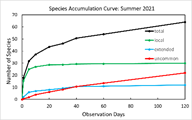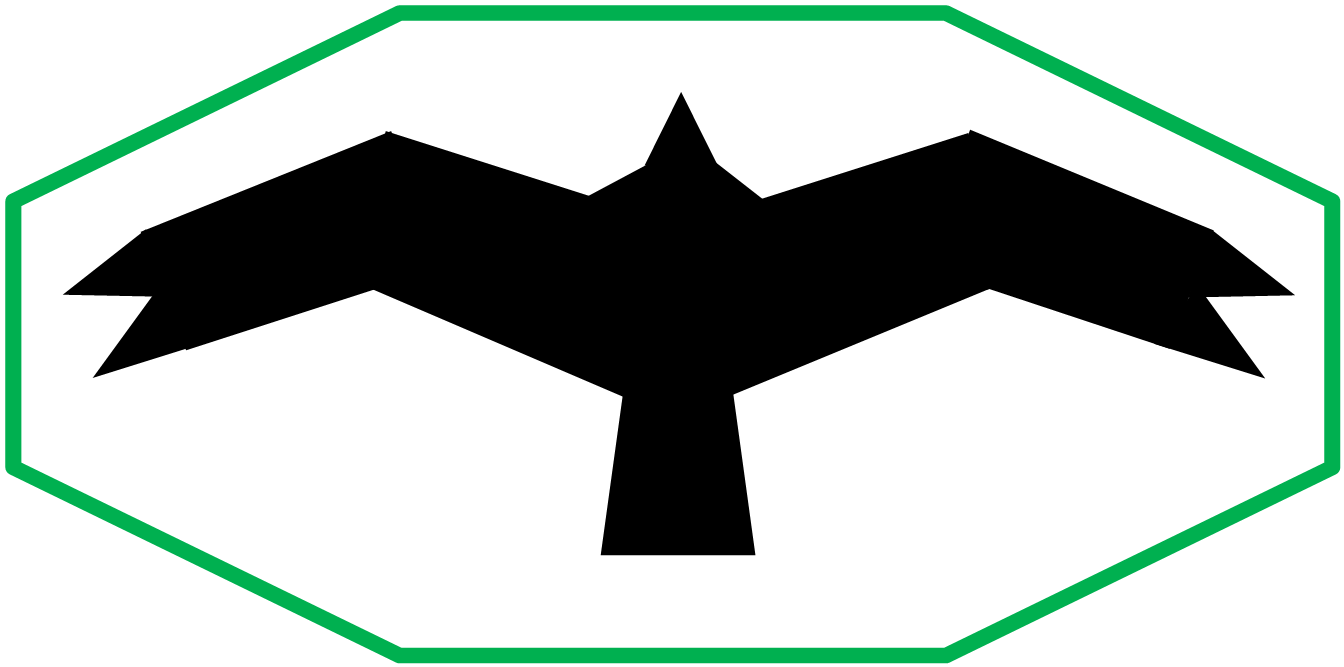

Wildlife species and their favored food sources in all seasons around my home are observed without providing any special incentives such as bird feeders
to attract wildlife. This ensures that the main attractions for the species observed in this small 'patch' are the existing plants and trees and the habitats.
Sightings and various behavioral details are recorded (with photogrpahs or videos when possible) on a daily basis by a single observer throughout the year,
making the statistical models derived from these data more consistent and reliable.
Read more on Home 'patch' habitat
Typically, 80 bird species are sighted in the local patch area in a year, a third of all the species recorded in the county. Over half of these are uncommon or rare visitors.
Habitat impact on the population of all-year and seasonal residents is of particular interest.
Read more on birds in the Home 'patch'
Here a male American goldfinch is feeding on purple coneflower (Echinacea purpurea) seeds.
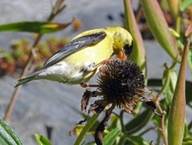
White-tailed deer, rabbits, squirrels, chipmunks, and other small animals compete for some of the food sources with the birds.
Read more on animals in the Home 'patch'
Here an eastern gray squirrel is seen greedily gobbling down native flowering dogwood (Cornus florida) berries even before they are ripe. The ripe red berries are highly favored by birds.
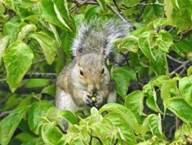
Some plant blossoms attract pollinators such as butterflies, bees, wasps, and ants.
Read more on insects in the Home 'patch'
Here an eastern tiger swallowtail butterfly is drinking nectar from butterfly bush (Buddleja davidii) blossoms, a favorite of Ruby-throated Hummingbirds in the eastern United States.
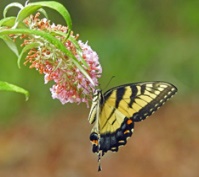
Every year, American Robins raise one or more broods in a location where the nest is easily observed. For these nests, the time to build, to lay eggs, to hatch, and to fledge are tracked in detail. Chipping Sparrows, Red-tailed Hawks, Baltimore Orioles and many other songbirds also nest in the vicinity. Predation is a major concern in some years and much less in others.
Read more on birds nesting in the Home ‘patch’
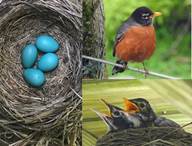
The chart shows probability of sighting for the 104 observed avian species in a three year period (2019-2021). The data are fitted to a probability distribution curve. The one-sigma count of 31 species are considered as local residents to correlate with breeding behavior, available food and habitat.
Read more on avian sightings
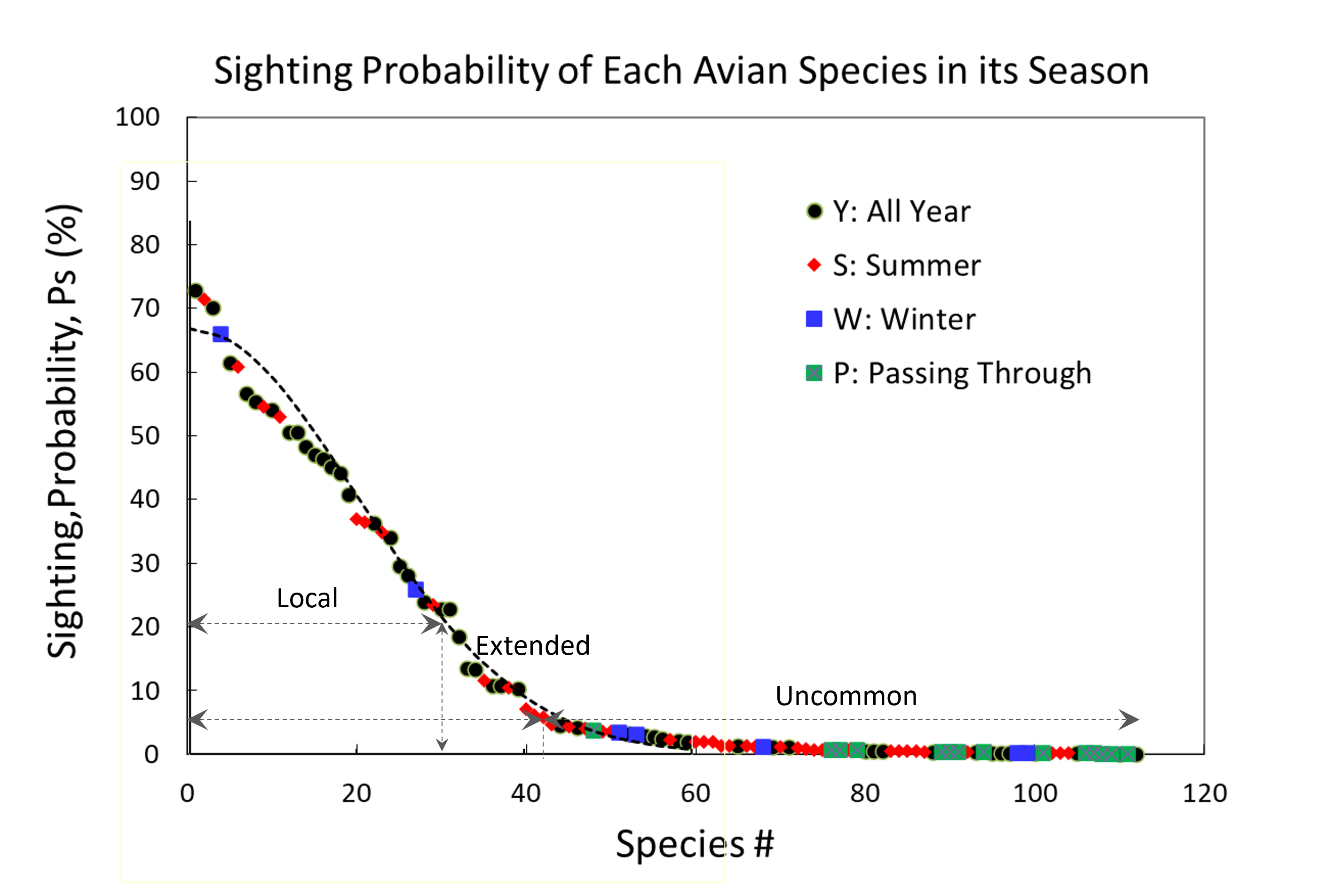
The species accumulation plot for the summer season separates the commonly occurring species from infrequent and rare visitors. Casual observations within a two-week period may disclose all the resident species. Sighting rare visitors is dependent on observer skills, optical equipment, and net effort.
Read more on sampling effort
